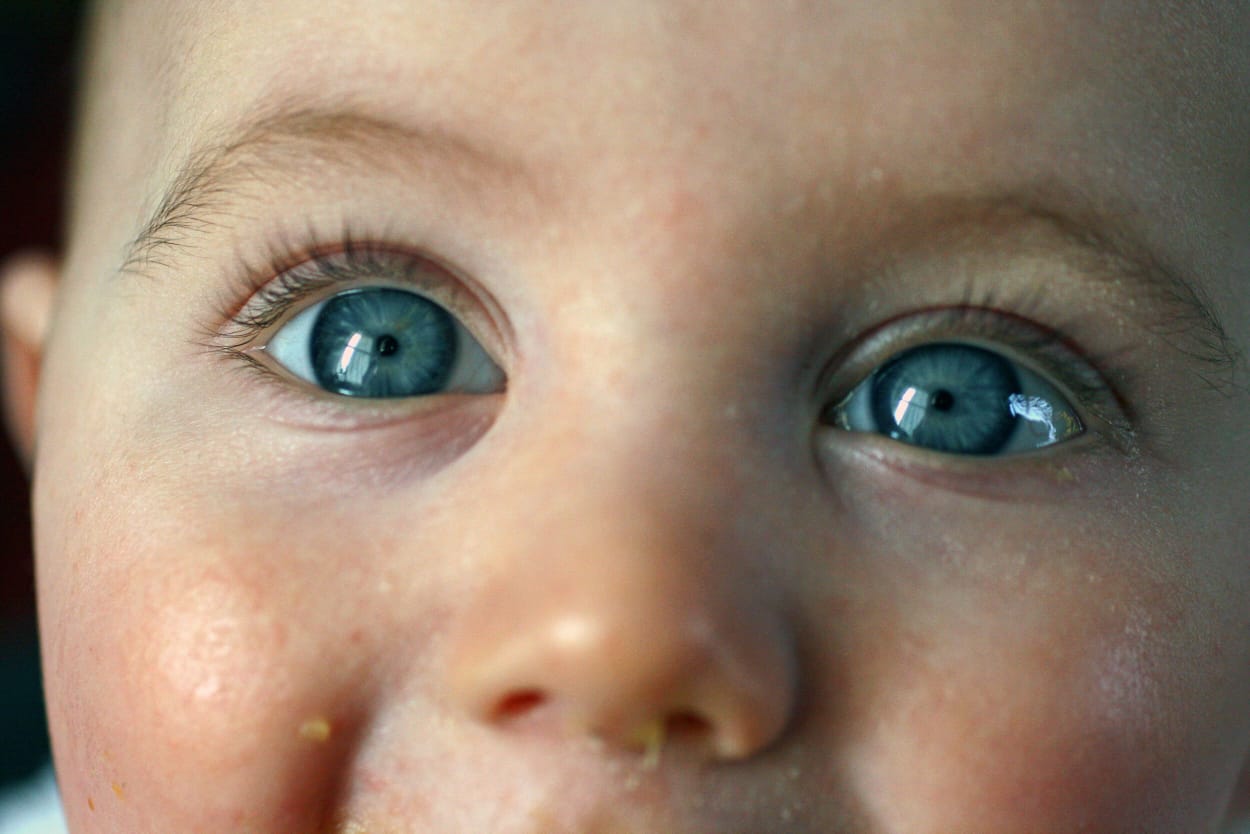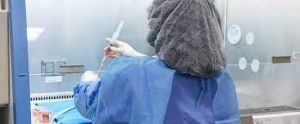A blind child is an individual aged <16 years, who has a visual acuity in the better eye of <3/60.
Childhood blindness is an important public health problem in developing countries due to its social & economic implications. Through prevalence of childhood blindness is low as compared to blindness in the aged, it assumes significant due to large number of disability years of every child remaining blind.
Etiology:-
——–
1. Globally:- i) Corneal ulcer ( Vit- A deficiency, Measles, Trachoma)
ii) Congenital cataract ( Hereditary, Rubella etc )
iii) Congenital glaucoma.
iv) Optic atrophy, amblyopia.
2. Development countries:- i) ROP.
ii) Trauma
iii) Hereditary/ Syndromic ( Anopthalmia, micropthalmia etc)
iv) Congenital cataract/ Glaucoma.
Signs & Symptoms:-
—————–
1) Their eyes move quickly from side to side ( Nystagmus), Jerk or wander randomly.
2) Their eyes don’t follow your face an object.
3) They don’t seem to make eye contact with family and friends.
4) Their eyes don’t react to bright light being turned on in the room.
Prevalence:-
———-
Prevalence is 0.5-1 per 1000 children, aged 0-15 years. There are 14 million blind children estimated in the world of whom 1 million live in Asia and 3 lakhs in Africa. There are 5 lakh children going blind each year (one per minute) also.
Aim:-
—-
It is to eliminate avoidable caused of childhood blindness by the year 2020.
Strategies and activities:-
———————-
Under Vision 2020 Right to sight initiative in India include:-
i) Detection of eye disorders – Following schedule of opthalmic examination of children is recommended to identify early childhood disorder, refractive error, squint, amblyopia and Corneal deases.
• At the time of primary immunization.
• At the school entry
• Periodic check up every 3 years for normal and every year for those with defects.
ii) Preventable childhood blindness to be taken care of through cost effective measures.
• Prevention of xeropthalmia is of almost value in preventing childhood blindness.
• Prevention and early treatment of Trachoma by active intervention.
• Refractive errors to be corrected at primary eye care centre.
• Childhood Glaucoma to be treated properly.
• Harmful traditional practice need to be avoided.
• Prevention of ROP by proper screening and monitoring use of oxygen in premature new borns.
iii) Curable childhood blindness due to cataract, corneal opacity, ROP and other cause to be taken care of by the experts and secondary and tertiary level eye care services.
Target include:-
————-
• Establishment of Pediatric Opthalmology units.
In India, 50 Pediatric Opthalmology were to be established by 2010 for effective management of childhood diseases.
• Establishment of refraction services and low vision centers.
Low vision service centers are to be established at 150 tertiary level eye care institutions. 50 such centers are to be developed by 2010, another 50 by 2015 and the final 50 by 2020.
Read More Article;









